Methodology






Observe and learn
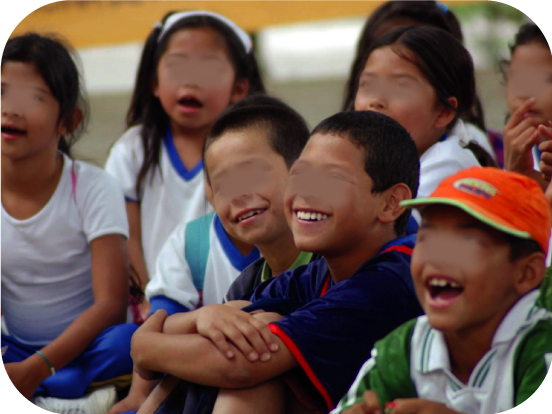
Primary users
It is a time when kids are in a healthy environment where they can have fun and learn, experiencing a boost in their mental development, which allows them to increase their social interest, develop their intellectual growth, and enhance their motor skills. At this age, they can understand rules and instructions and make significant progress in both their fine and gross motor skills.
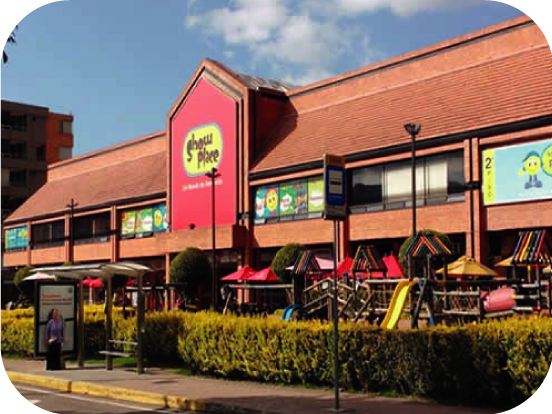
Secondary users
Amusement parks, museums, schools, and other institutions are centered on educating children through engaging and playful methodologies—institutions that have a real interest in preserving and promoting our traditions. These places are ideal for implementing these initiatives.
Ask
Surveys were conducted with the owners and workers of typical dessert restaurants in La Candelaria, Bogotá, to understand how local gastronomy is perceived by the new generations.
Children are interested in playing with different devices.
They don’t know anything about the processes or the raw materials.
They are not enthusiastic about the traditions or their value.
Build
Sketch storming
Combine ideas
1. Interactive kitchen.
2. Points accumulation.
3. Interactive audios.
4. Recipe book.
5. Points.
6. Production table.
7. Teamwork.
8. Clue discovery.
9. Following instructions.
First low fidelity prototype and user test
The first exercise assessment will focus on the shapes, dimensions, and components required to complete the activity. Additionally, it aims to evaluate the feasibility and clarity of communication regarding the steps involved in the entire circuit that users will navigate to reach the finish line, as well as safety factors.
First model 1:1
We tried the size with this model and made the first approach to the electronic components.
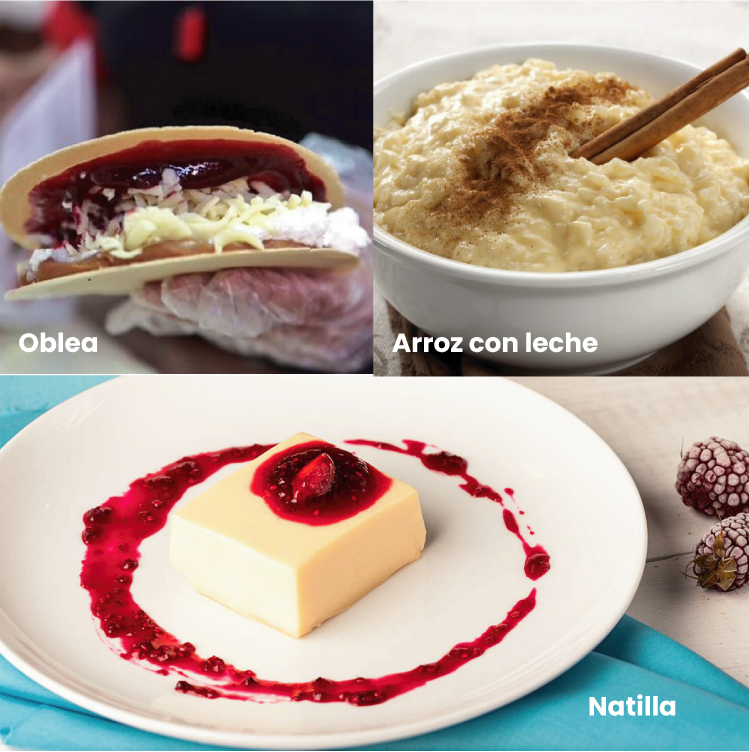
Iterate
Based on the tests conducted with users, we made several improvements and changes:
Blue print and render
Development of the high-fidelity prototype
Other components
Audios – Instructions and history
Tell the history of the raw materials and the desserts as a conversation between a grandmother and her grandson.
Recipies book and utensils
The recipe book contains instructions for dessert preparation and includes clues with color codes to open the different drawers where the kids will find the utensils and ingredients.
Additionally, each child needs to wear a hat and apron while developing the activity.
Electronics
In the electronic setup, six LED strips of different colors were used as part of a composite circuit. Additionally, a 180º servo motor and two 7 cm buttons connected in parallel were incorporated. Everything is connected to an Arduino (a programmable board) and powered by a 5-volt supply, with an additional 12-volt power supply included. Lastly, an integrated component completes the system.
Visual communication
Colors that guide the activity and provide a coherent look and feel to motivate and excite children and make children feel excited to do the activity.
Customer journey map
Launch
The project was launched at Show Place, located in Bogotá, Colombia. It is an educational center with innovative and creative activities. Its philosophy is called ‘Edutenimiento,’ which means education through entertainment. It makes use of theater, puppetry, and the arts as learning tools.
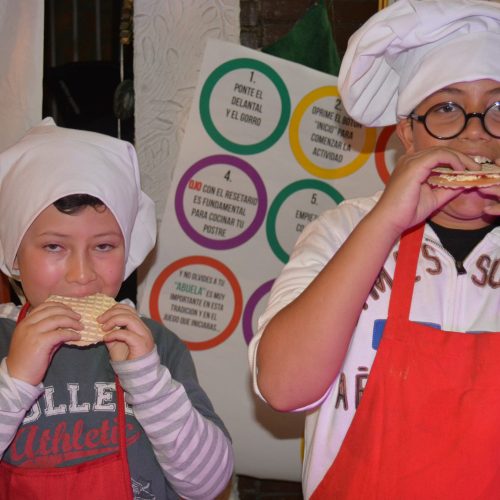
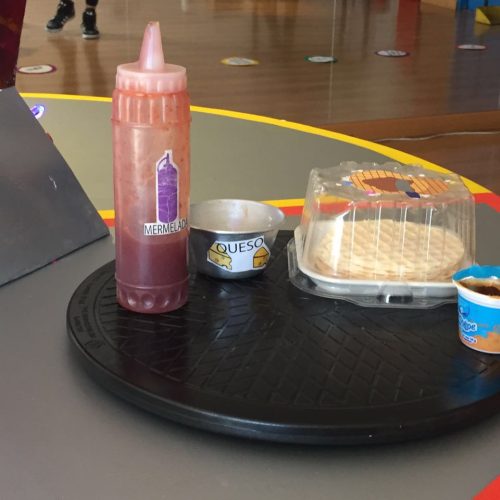
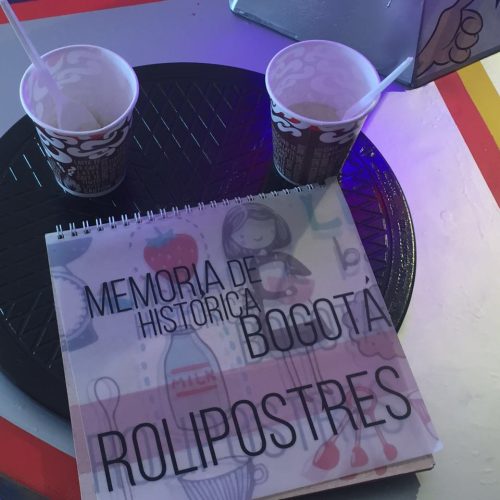
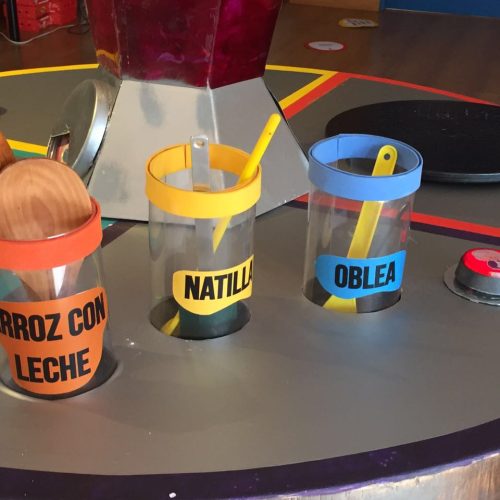
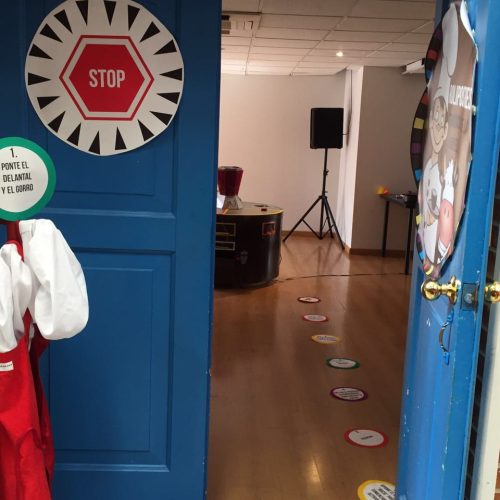
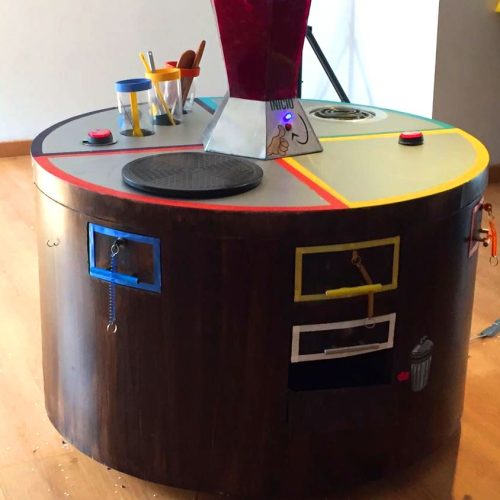
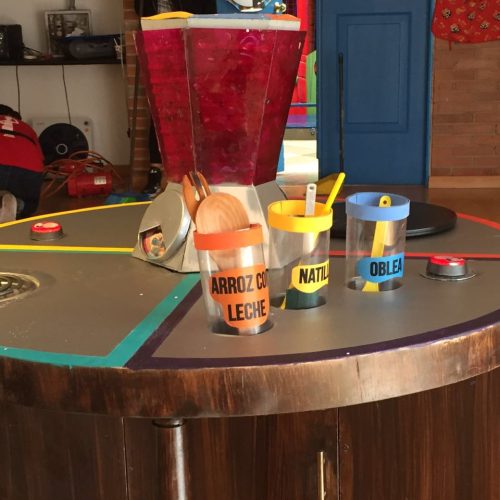
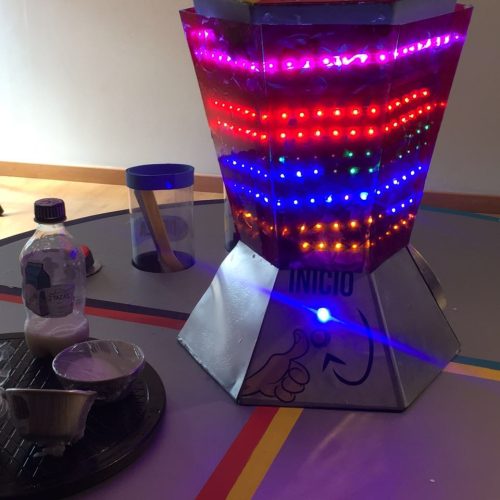
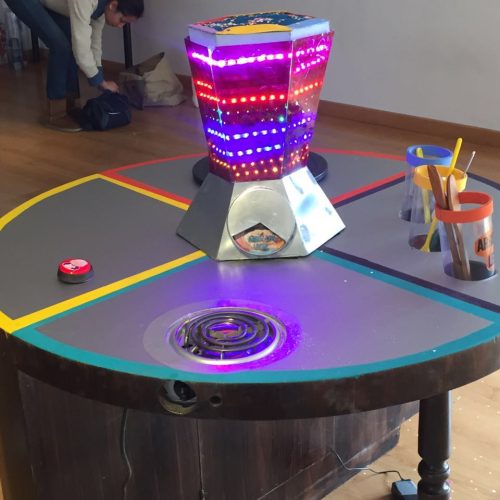
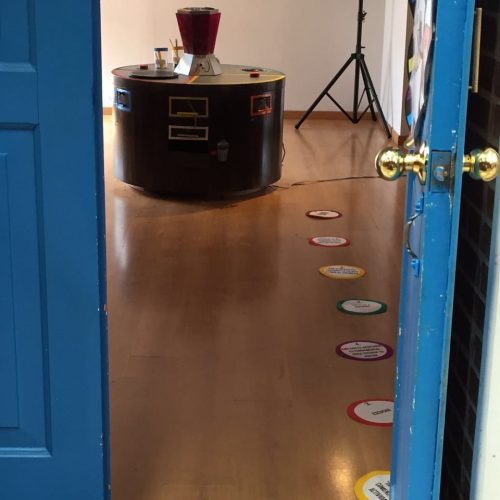
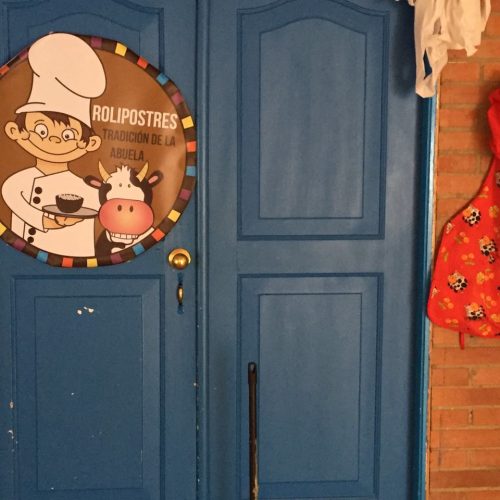
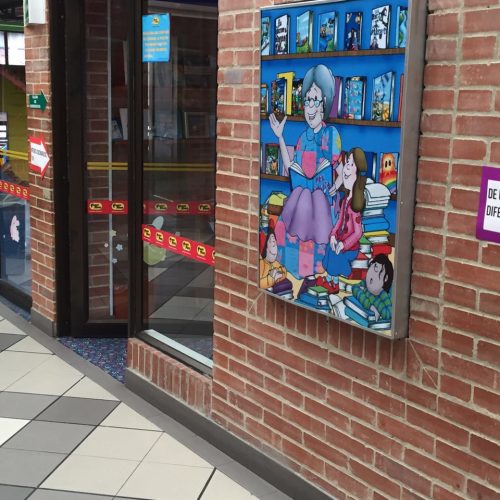
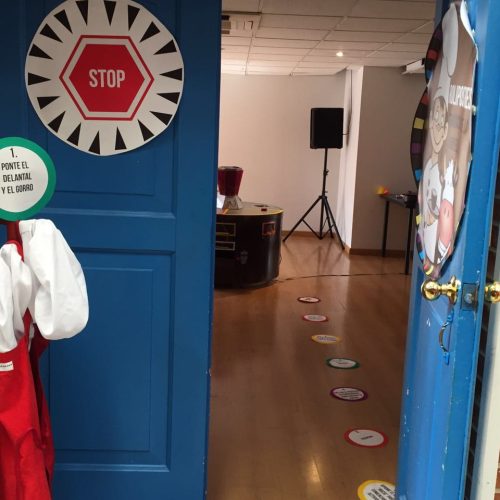
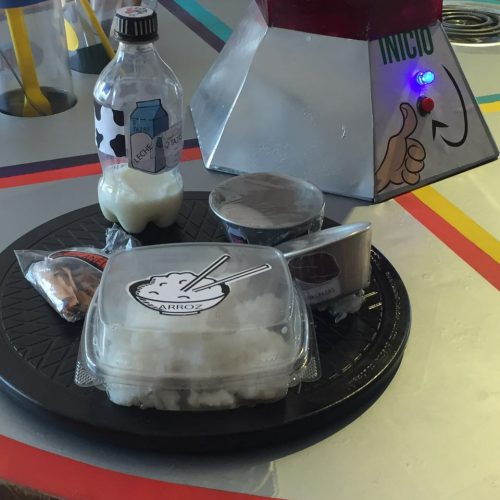
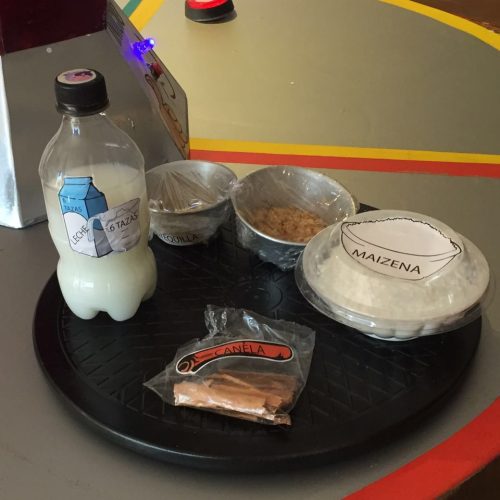
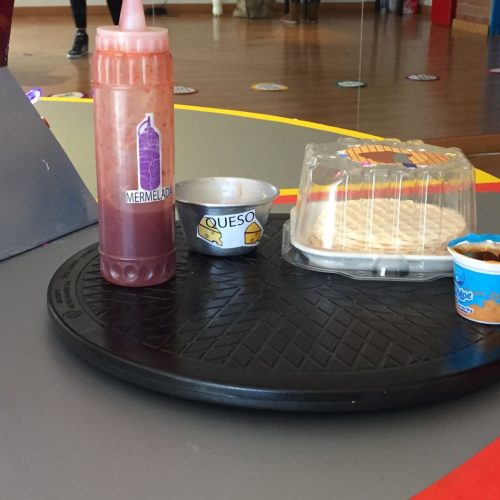

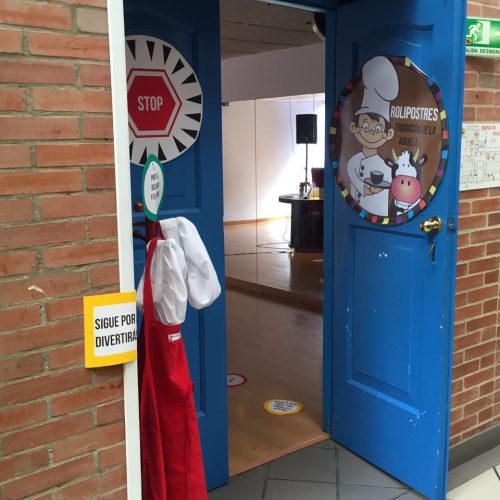
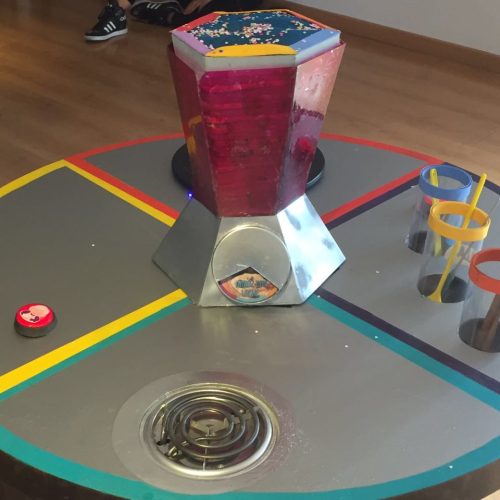
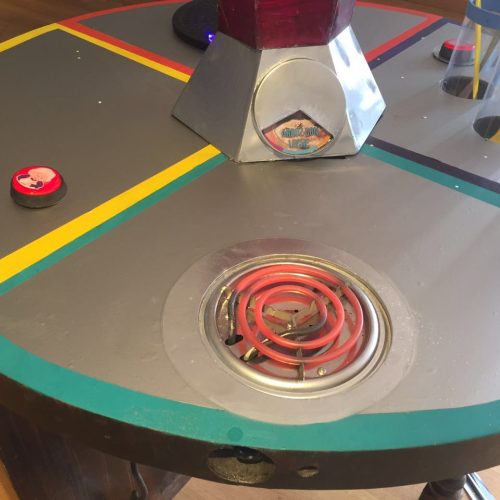
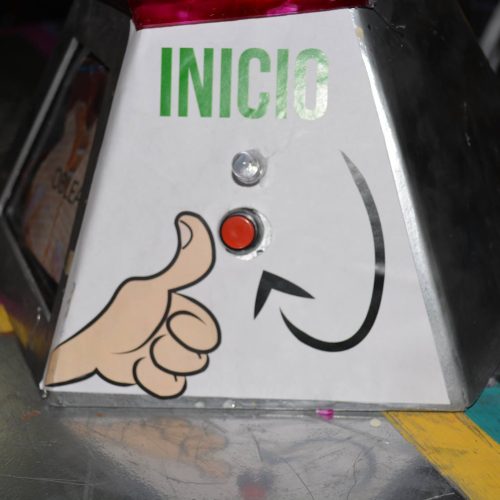
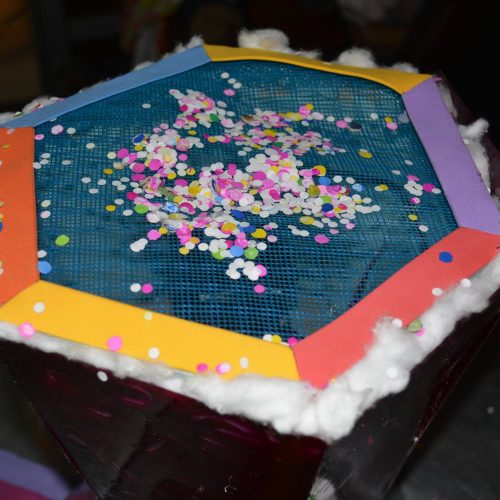
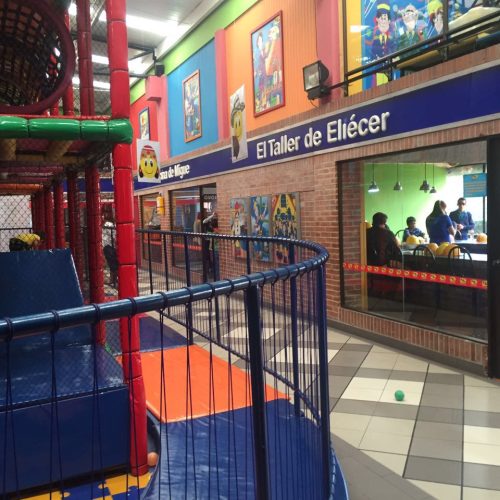
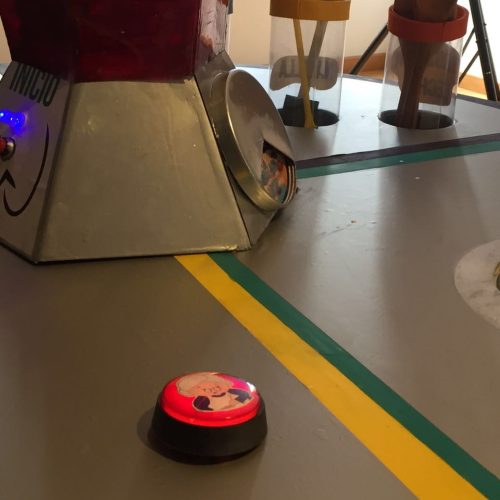

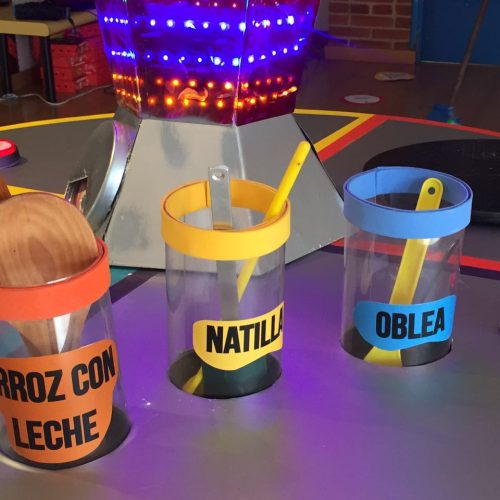
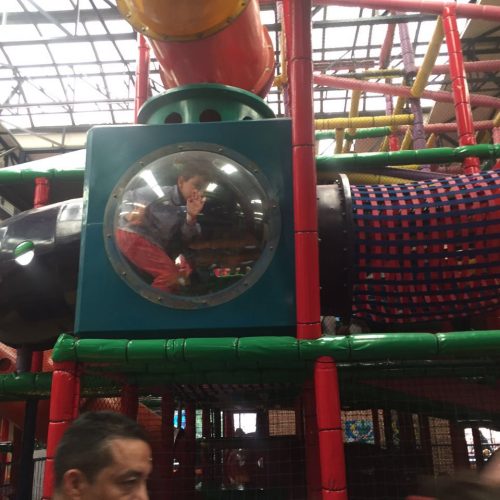
Lessons Learned
1.Engaging children with interactive, multi-sensory methods, like storytelling, visual cues, and tactile experiences, captured their interest.
2 How essential collaboration is for users and the project team.
3 Early prototype testing with educators provided valuable feedback, leading to improvements in activity clarity and design.
Takeaways
1. Combining cultural education with interactive storytelling is a strong approach for children
2. Continuous testing and refining were crucial in aligning the installation with user needs.
3. Finding the right balance between a challenge and accessibility is essential for keeping users engaged without overwhelming them.
Things to Avoid in the Future
1. Broadening the activity flow caused certain steps to become challenging.
2. Testing with actual child users instead of only educators might have revealed additional insights earlier.